Samsung Galaxy S20 hands-on review: Another slam-dunk?
Samsung’s latest flagship device is as impressive as you’d expect
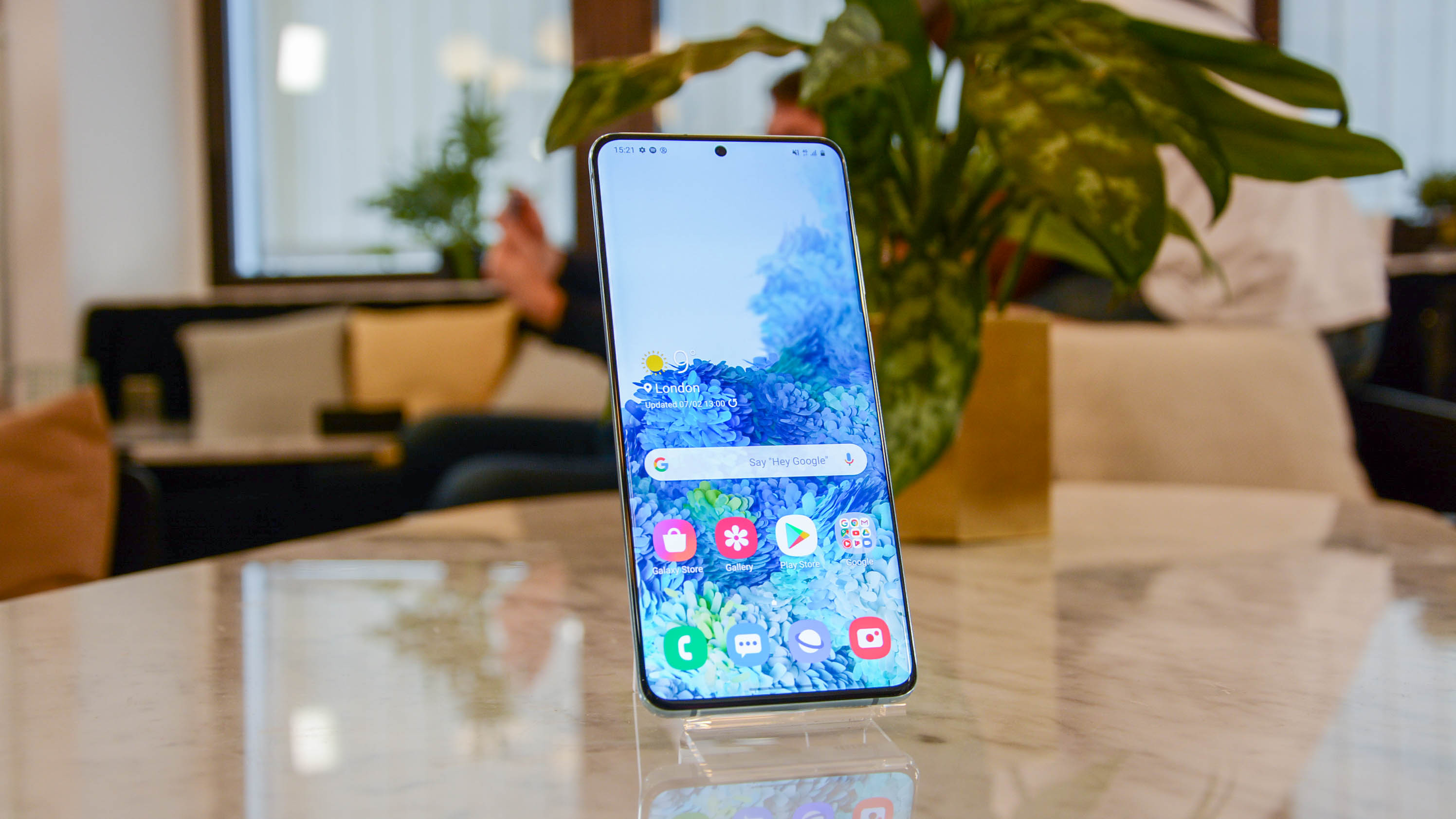

Don’t worry, you haven’t woken up from a decade-long coma - Samsung has chosen to skip ahead in its numbering, presumably to coincide with it being 2020.
Unusual numbering aside, however, the S20 looks like another entry in Samsung’s catalogue of impressive and eye-catching flagship devices, priced at £799 for the S20 and £999 for the S20+. We got some hands-on time with the new handsets to get an early look at just how the Korean company’s new phone feels in the flesh.
Samsung Galaxy S20 hands-on review: Design
The newest member of the Galaxy family isn’t all that different to previous models from a visual standpoint. The familiar edge-to-edge screen is back, complete with a holepunch cut-out at the top for the front-facing camera - although the size of the bezel has been reduced. As usual, there are two variants of the S20 - the regular model and a larger, slightly more capable S20+ version. This year, there’s also a third option in the form of the even more well-equipped Galaxy S20 Ultra, although we’ll be focusing on the regular S20 and S20+ here.
The range comes in a series of fetching colours, including charcoal grey, powder blue, salmon pink, and creamy white. The camera assembly on the rear of the device has also moved from a horizontal strip across the top to a wider, more square configuration running down from the top left corner. It’s also noticeably thicker than last year’s model, which leads to a somewhat irritating case of ‘wart wobble’ when placed face-up on a flat surface.
On the other hand, one of the first things we noticed about the new devices was how light they were. Weighing in at 163g for the S20 and 186g for the S20+ and with both under 8mm thick, they’re surprisingly pocketable considering their size.
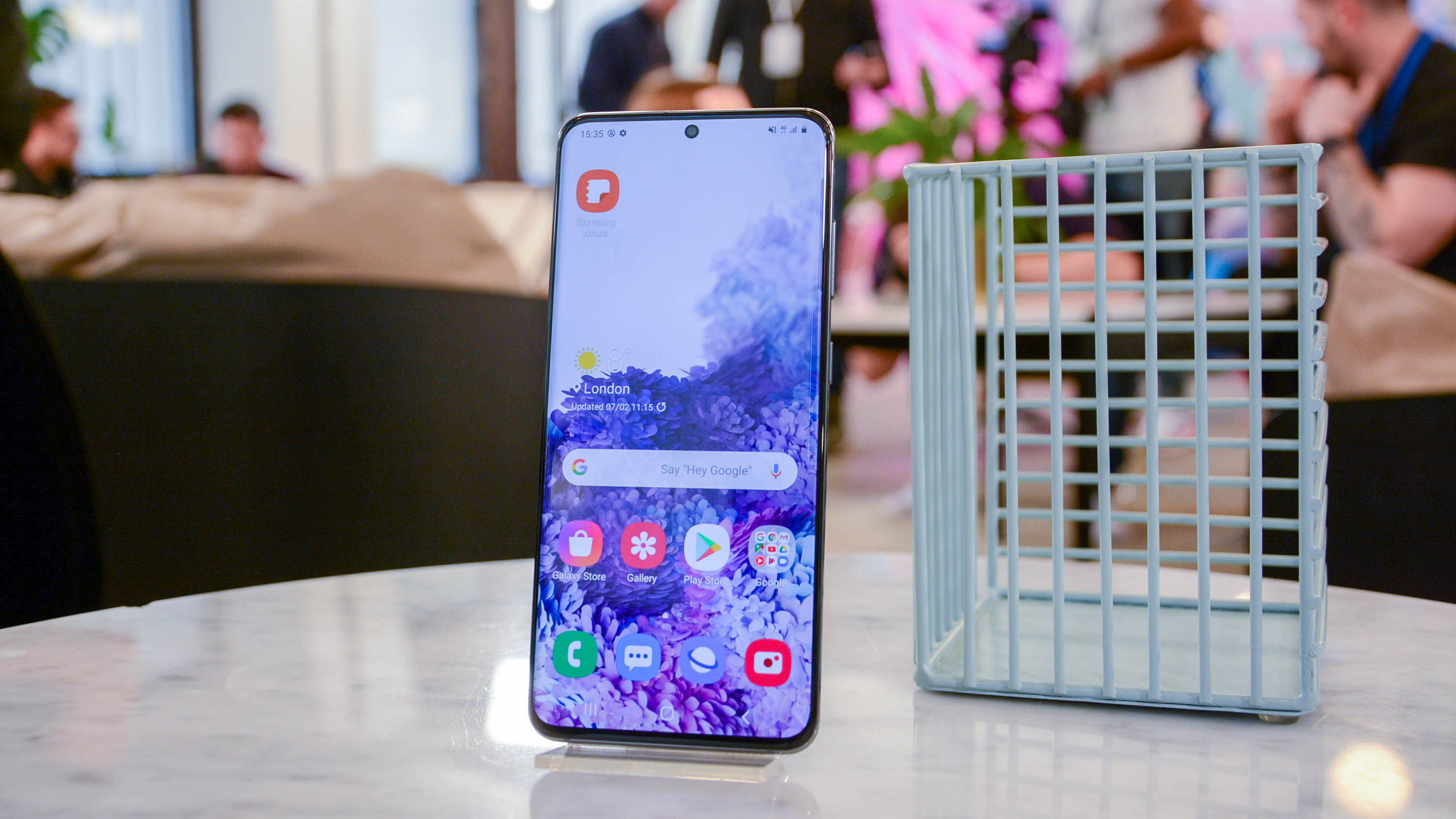
Our favourite part of the design is the fact that Samsung has finally seen sense and removed the Bixby button from the side of the device, finally banishing the also-ran assistant to the bowels of the settings menu where we think it belongs. No more will we accidentally summon it while getting our phone out of our pocket...
Samsung Galaxy S20 hands-on review: Display
The display is always a highlight of Samsung’s devices, so it’s no surprise that the S20’s screen is as marvellous as ever. The 6.2in dynamic AMOLED panel is rich and vibrant, while the QHD+ resolution (the same 3,200 x 1,440 resolution used on the S10) ensures everything is pin-sharp.
Get the ITPro daily newsletter
Sign up today and you will receive a free copy of our Future Focus 2025 report - the leading guidance on AI, cybersecurity and other IT challenges as per 700+ senior executives
Samsung Galaxy Note 10+ review: Bigger, badder and better than ever Apple iPhone 11 review: A high-octane crowd pleaser Best business smartphones 2023: The top handsets from Apple, Samsung, Google and more Google Pixel 4 review: Delight and frustration Samsung Galaxy A90 5G review: Simply the best value 5G phone
The most important change is the 120Hz refresh rate, which makes scrolling through apps and menus feel buttery-smooth. The screen of the S20+ is functionally identical, save for a slightly larger 6.7in panel, but both examples are as impressive as we’d expect.
Samsung Galaxy S20 hands-on review: Specs and performance
As per usual, Samsung is using its own Exynos chips to power the S20 range - specifically, it’s using a 2.73GHz Exynos 990 processor, combined with either 8GB or 12GB, depending on the model. This should prove more than fast enough for even the most demanding of users, so we’ve no worries on this score.
Whether the S20 can deliver a decent battery life with all this hardware to support is a more interesting question, but it’s got a 4,000mAh battery behind it - or a 4,500mAh cell in the case of the S20+. We’re also expecting battery features like fast-charging, wireless charging, and wireless power-sharing to make a return from previous generations, but this has yet to be officially confirmed.
Samsung Galaxy S20 hands-on review: Camera
Camera technology is about the only area in which smartphones seem to be making consistent progress. True to form, the S20’s camera has been seriously beefed up, and the triple-lens setup now features a 30x hybrid zoom which Samsung is calling ‘Space Zoom’. The three lenses consist of a 12MP f/1.8 lens, an ultrawide 12MP f/2.2 lens and a whopping 64MP f/3.5 3x telephoto lens - which powers that crazy 30x zoom. There’s also a 10MP f/2.2 front-facing selfie camera.
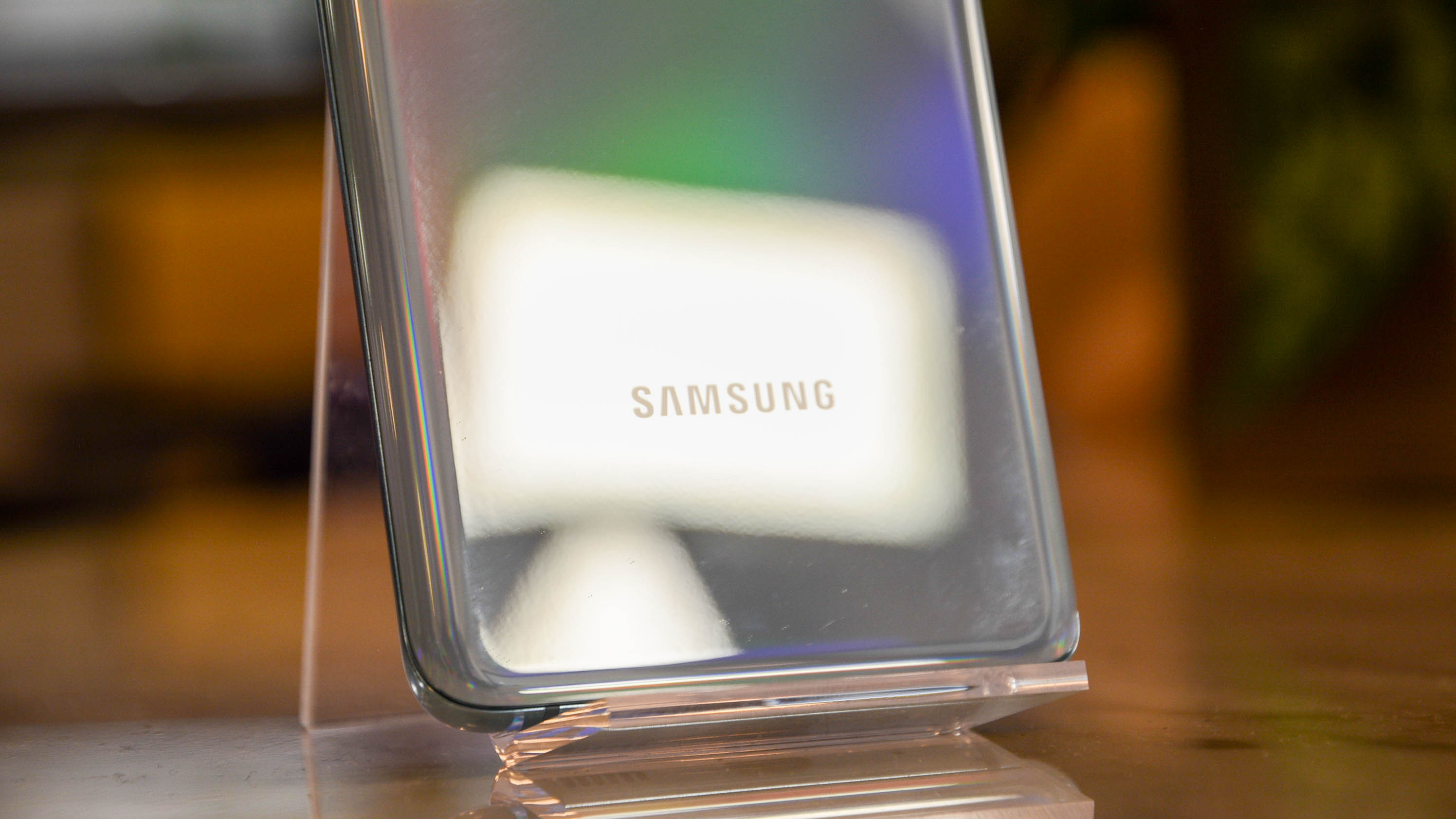
It’s hard to get a real indication of quality without doing more testing, but early results from the camera seem promising. Samsung has revamped the way that the camera works, including a larger sensor which uses nona-binning for improved clarity in night shots. There’s also 8K video recording, improved ‘Super Steady’ video stabilisation (although this won’t work when shooting in 8K) and new built-in rendering tools.
Manual controls for shooting video have also been added to appeal to the lucrative ‘content creator’ demographic. Finally, the new Single Take Mode allows you to capture multiple different kinds of footage - including different types of images and videos - with a single button-press while the new Night Hyperlapse mode enables you to, well, take hyperlapse footage in Night Mode.
Samsung Galaxy S20 hands-on review: Features
The Galaxy series are some of the most capable and feature-rich devices around, and the new models should be no exception. In addition to the previously mentioned battery and charging features, IP68 waterproofing is set to return, alongside expandable storage via microSD card up to a limit of 1TB.
All models in the family will be available in 5G-capable versions (although only the S20 will come with a 4G-only variant), and Google’s Duo video calling service will be integrated natively into the phone’s phone and contact apps, along with exclusive optimisations such as full HD and wide-angle video calling.
We’re expecting Samsung’s outstanding DeX feature to make a return with the S20, along with new capabilities such as integrations between Spotify and Bixby. Biometric authentication is back as well, in the form of fingerprint and facial recognition, and Samsung has added the ability to force-update the security software that underpins these features independently of the rest of the software - an interesting feature that is sure to go down well with security-conscious business users.
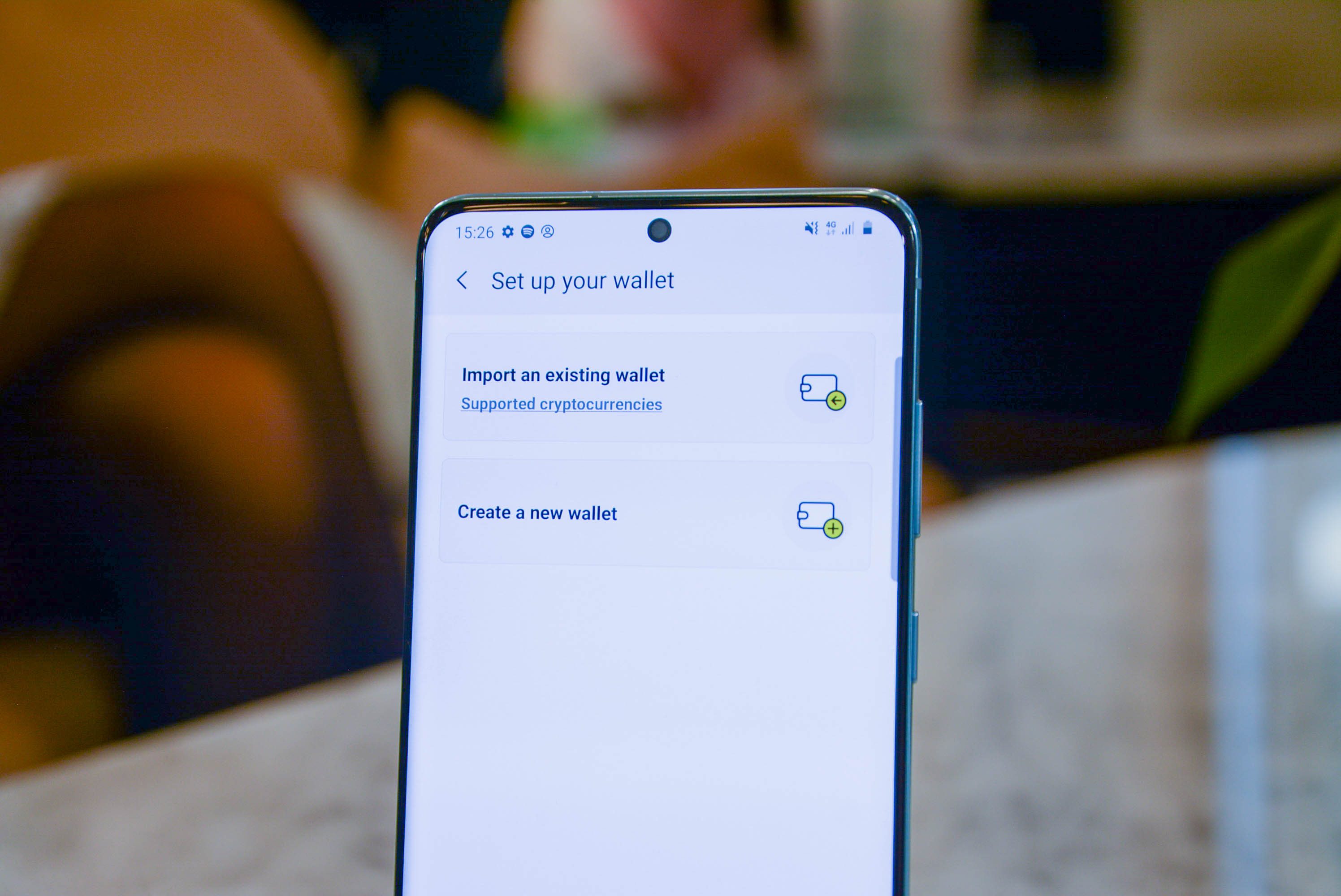
Another interesting (if less obviously useful) feature is the built-in blockchain wallet, which allows users to store private keys for various cryptocurrency and blockchain applications. At present, this is only likely to be useful for hardcore crypto enthusiasts, but if blockchain-based applications take off within businesses, it could be a handy bit of future-proofing.
Samsung Galaxy S20 hands-on review: Early verdict
Samsung has earned a place as one of the top three smartphone manufacturers in the world, and its latest crop of devices looks to be its most promising yet. While not a radical departure from previous iterations, the new Galaxy S20 and S20+ are attractive and well-specced. If they prove to be as good in practice as they look upon first impression, Samsung will probably have another solid hit on its hands.
Adam Shepherd has been a technology journalist since 2015, covering everything from cloud storage and security, to smartphones and servers. Over the course of his career, he’s seen the spread of 5G, the growing ubiquity of wireless devices, and the start of the connected revolution. He’s also been to more trade shows and technology conferences than he cares to count.
Adam is an avid follower of the latest hardware innovations, and he is never happier than when tinkering with complex network configurations, or exploring a new Linux distro. He was also previously a co-host on the ITPro Podcast, where he was often found ranting about his love of strange gadgets, his disdain for Windows Mobile, and everything in between.
You can find Adam tweeting about enterprise technology (or more often bad jokes) @AdamShepherUK.
-
 Bigger salaries, more burnout: Is the CISO role in crisis?
Bigger salaries, more burnout: Is the CISO role in crisis?In-depth CISOs are more stressed than ever before – but why is this and what can be done?
By Kate O'Flaherty Published
-
 Cheap cyber crime kits can be bought on the dark web for less than $25
Cheap cyber crime kits can be bought on the dark web for less than $25News Research from NordVPN shows phishing kits are now widely available on the dark web and via messaging apps like Telegram, and are often selling for less than $25.
By Emma Woollacott Published
-
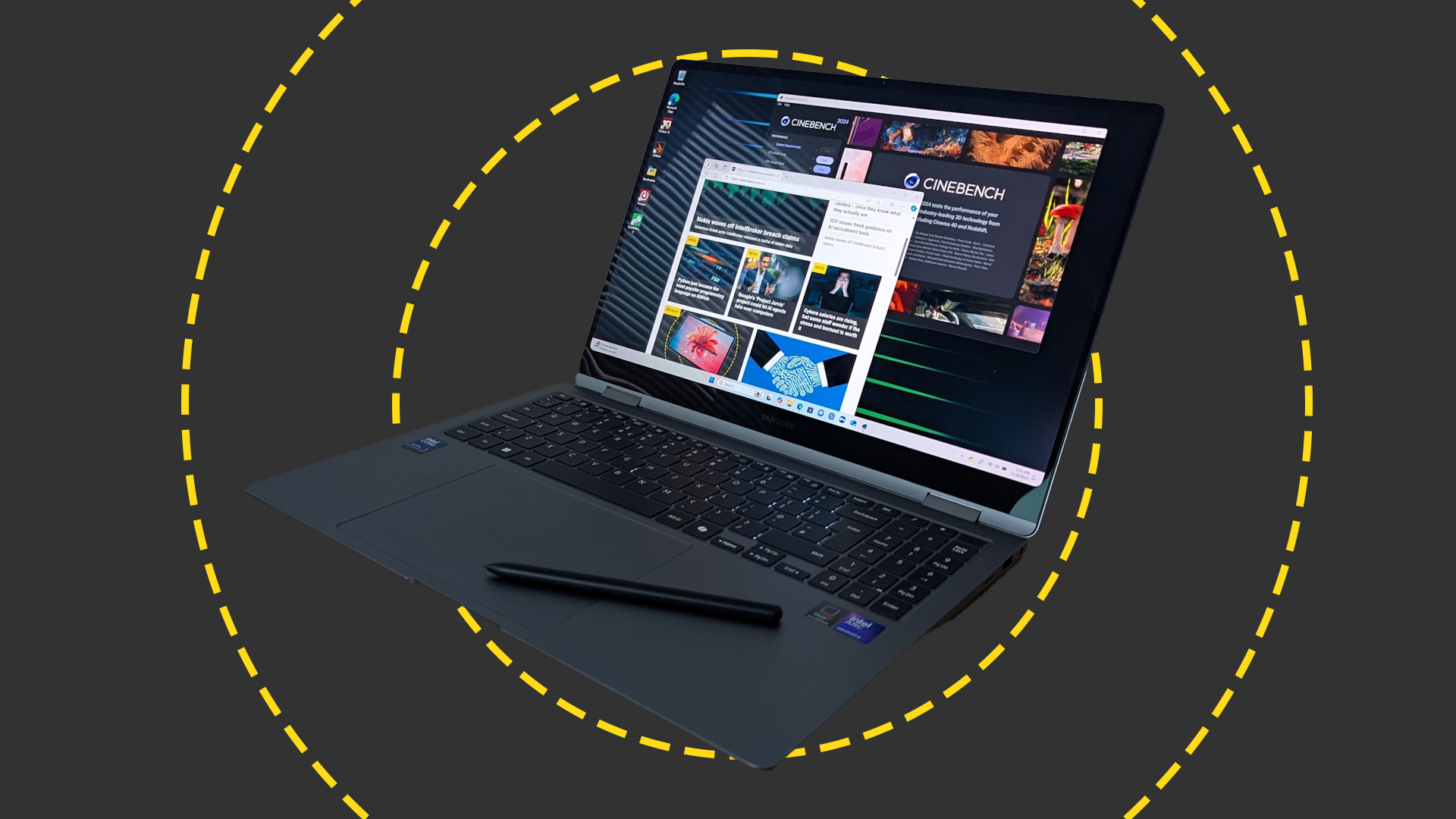 Samsung Galaxy Book 5 Pro 360 review: Almost the perfect big-screen laptop
Samsung Galaxy Book 5 Pro 360 review: Almost the perfect big-screen laptopReviews The Book 5 Pro 360 is a laptop you slowly get accustomed to, rather than one that feels right from the word go.
By Stuart Andrews Published
-
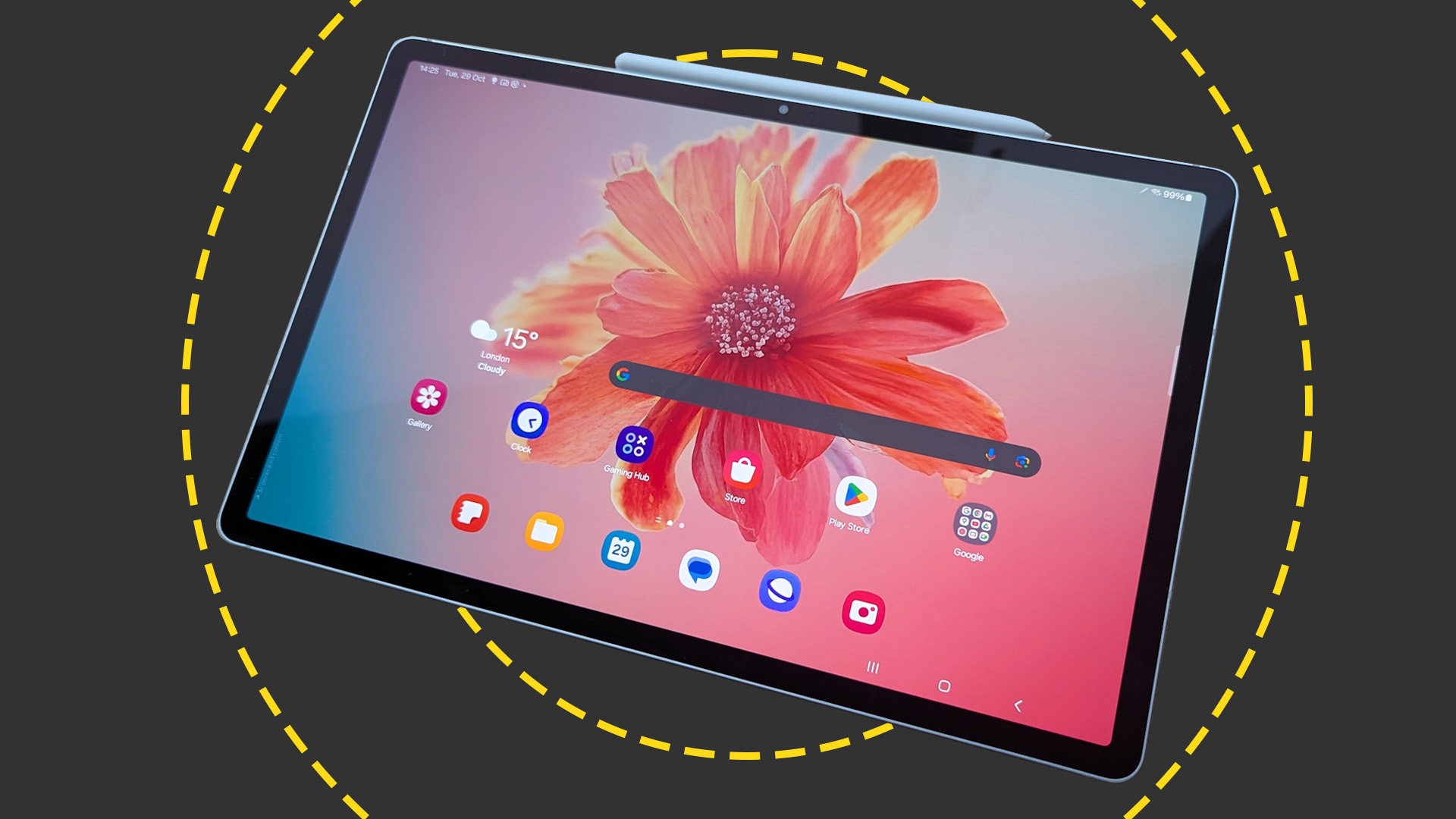 Samsung Galaxy Tab S10+ review: Possibly the best Android tablet for business
Samsung Galaxy Tab S10+ review: Possibly the best Android tablet for businessReviews With good performance, AI features and an exceptional screen, the Tab S10+ is the best Android tablet out there, if not quite the best tablet overall
By Stuart Andrews Published
-
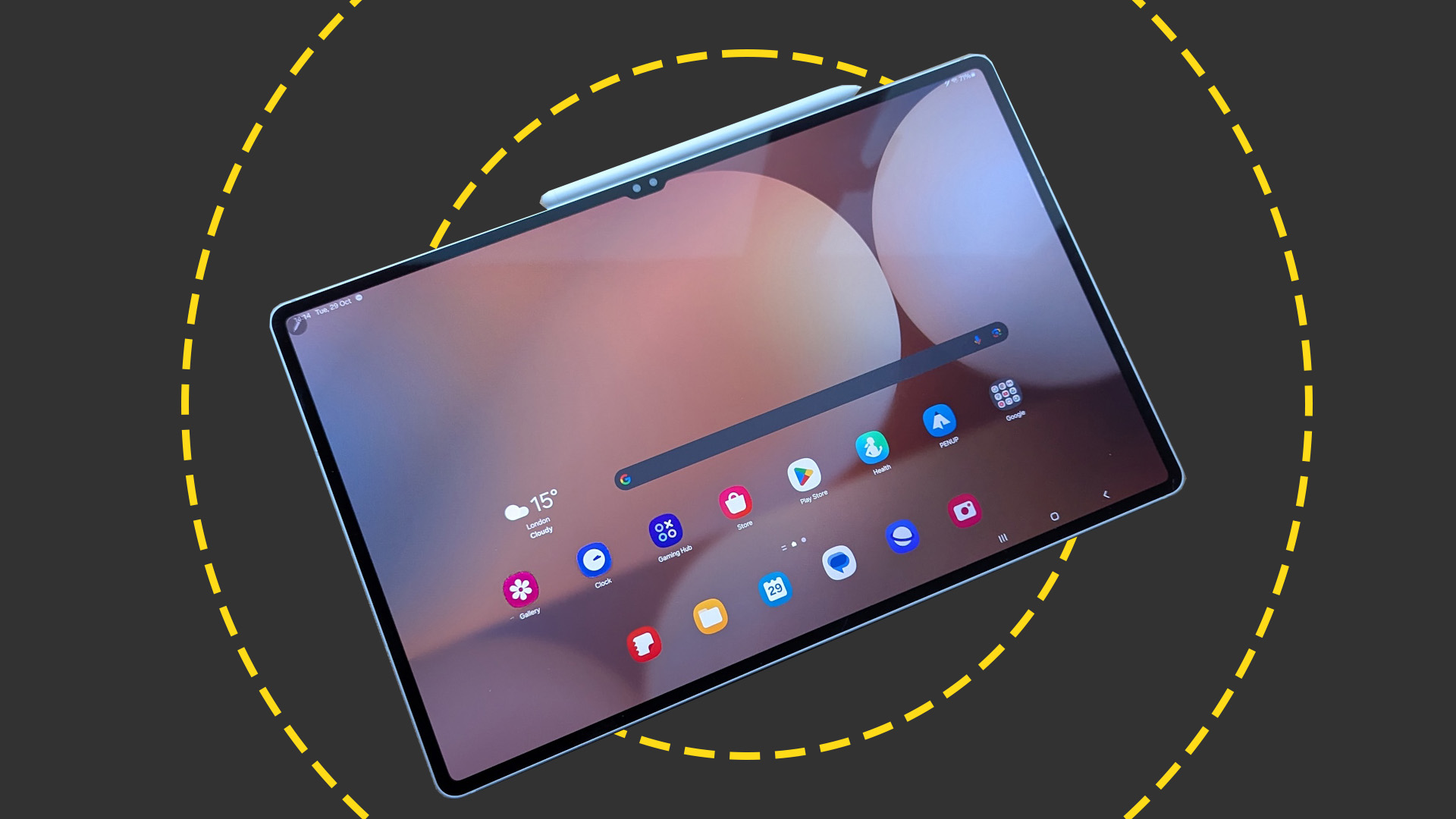 Samsung Galaxy Tab S10 Ultra review: Samsung's big-screen tablet is an AI-powered multitasking monster
Samsung Galaxy Tab S10 Ultra review: Samsung's big-screen tablet is an AI-powered multitasking monsterReviews The sheer size won't be for everyone, but the Tab S10 Ultra has the screen, performance, and multitasking prowess for serious work
By Stuart Andrews Published
-
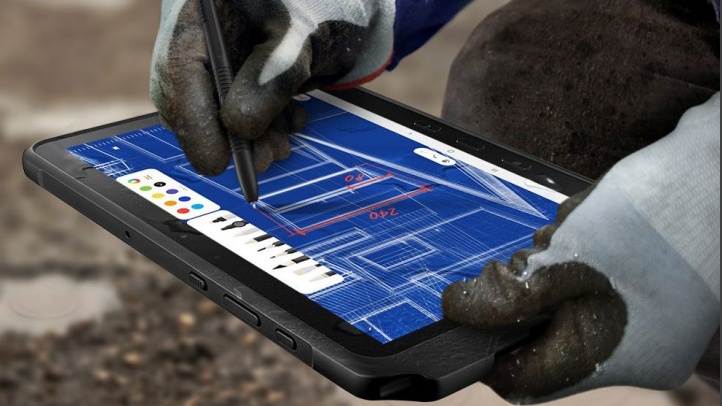 Rugged goes mainstream
Rugged goes mainstreamwhitepaper Why every business needs rugged devices to get the job done
By ITPro Published
-
 Why tougher doesn’t need to mean harder
Why tougher doesn’t need to mean harderwhitepaper Bridging the rugged and consumer device divide
By ITPro Last updated
-
 Samsung reveals plans for $15bn chip research center to break semiconductor scaling barriers
Samsung reveals plans for $15bn chip research center to break semiconductor scaling barriersNews The news follows the company's proposal in July to build 11 Texas semiconductor plants worth $191 billion
By Praharsha Anand Published
-
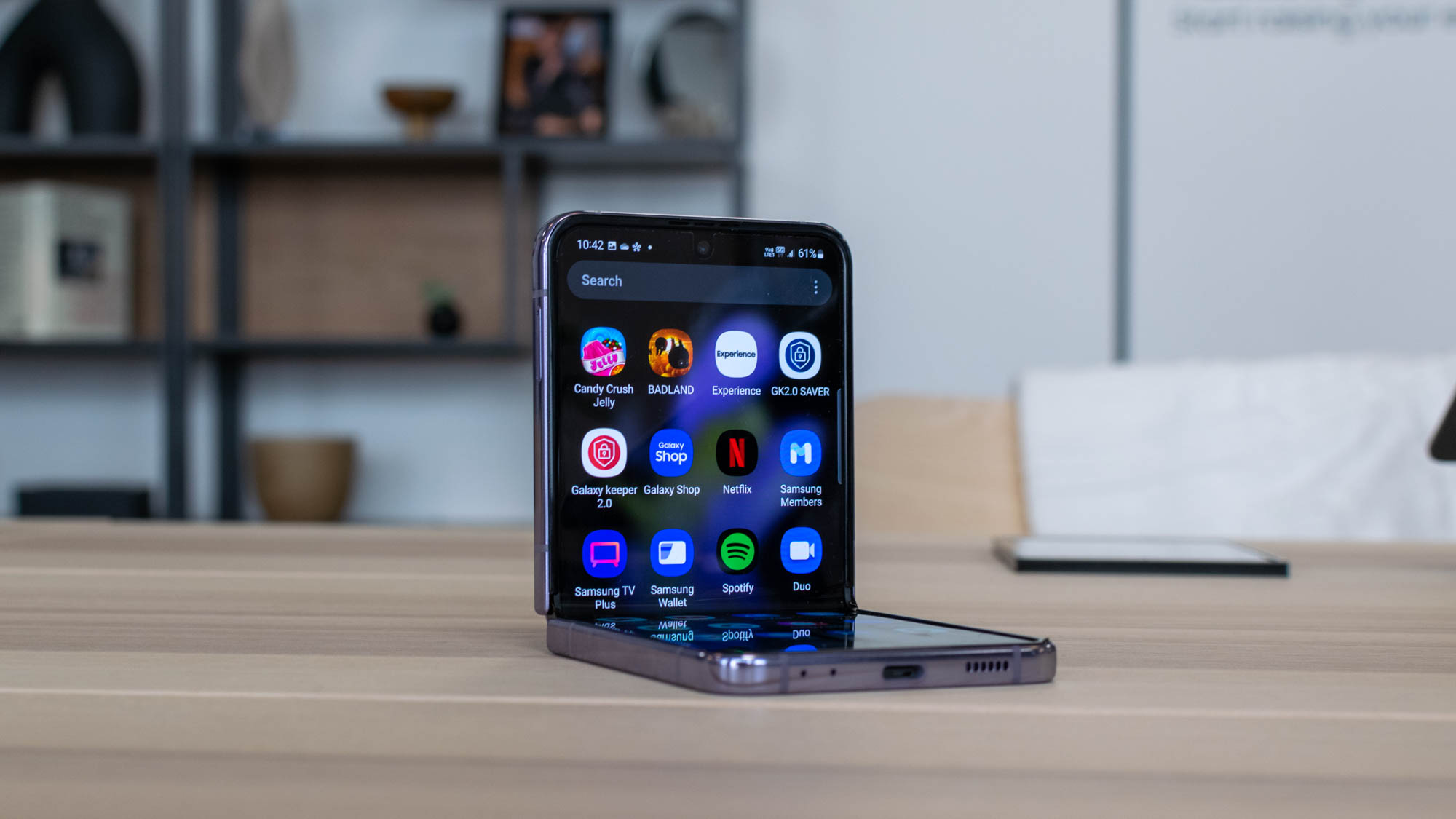 Samsung Galaxy Z Flip 4 hands-on review: A welcome (if minor) update
Samsung Galaxy Z Flip 4 hands-on review: A welcome (if minor) updateFirst look Samsung’s latest foldable is appealing, but does little to stand out from its predecessor
By Adam Shepherd Published
-
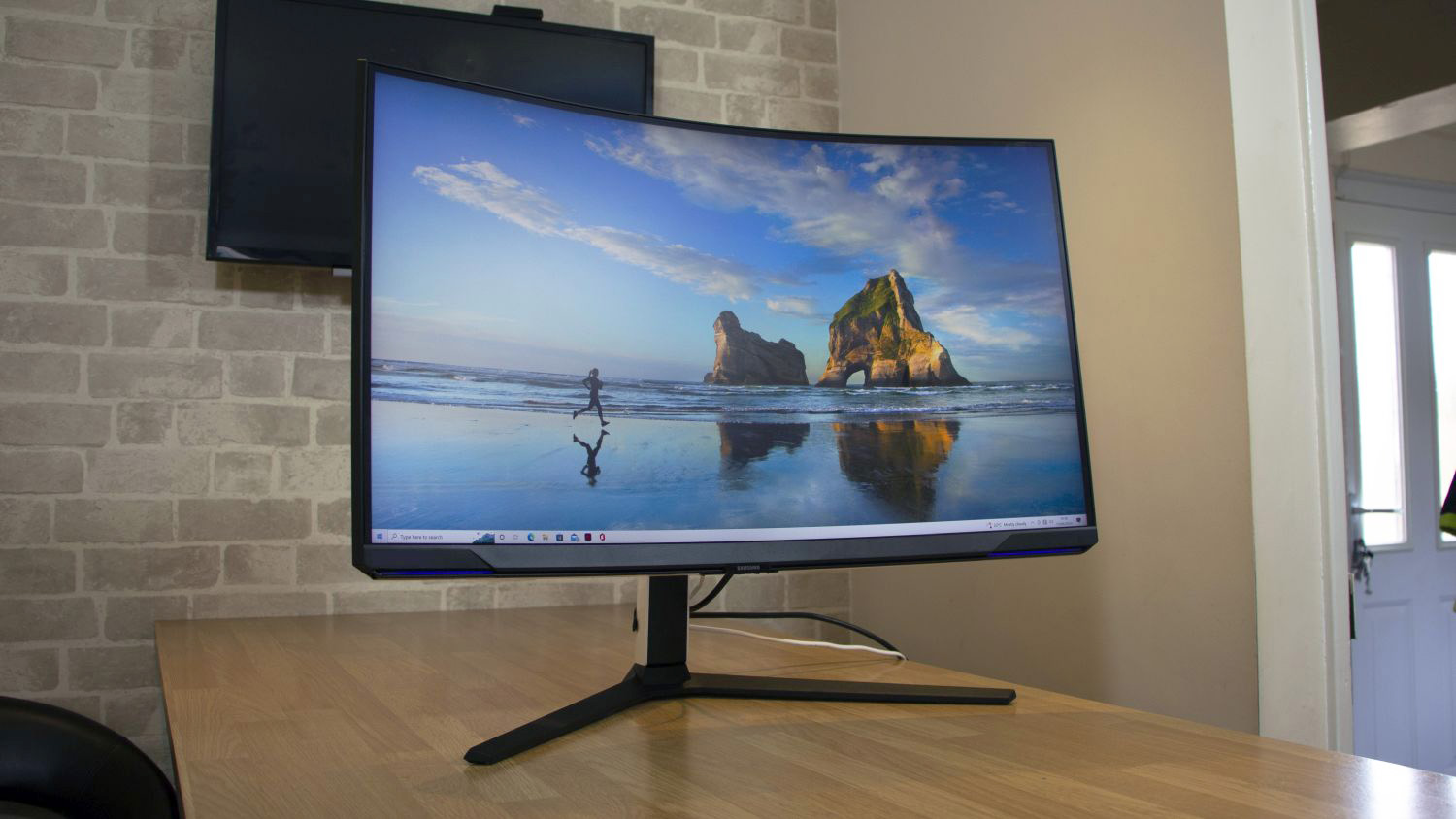
 Samsung Odyssey Neo G8 review: A groundbreaking display for work and play
Samsung Odyssey Neo G8 review: A groundbreaking display for work and playReviews The world’s first 4K/240Hz screen delivers sensational contrast and great colours, albeit for a high price
By Mike Jennings Published